SEARCH






|
|
|
|


by Editor Lourens Durand
Published the 3rd of June 2020
In the new era of COVID-19 we have all become accustomed to the wearing of masks for protection against this tormenting and life-threatening virus.
Wearing masks in an attempt to ward off disease is, however, as old as the hills, although some of the earlier uses may have been a little misplaced. Before scientists had discovered bacteria and viruses, masks were worn to stop smells, which were thought to be the cause of diseases.
At the time of the Bubonic Plague of the 1600s it was believed that the disease emanated from putrid air emanating from the ground and not, as we know now, by the bites of fleas that travelled on rats. Accordingly, masks were routinely worn by gravediggers, body handlers and medical people.
Another belief was that the plague was spread by birds, and the Plague Mask for doctors was born. These masks were elongated structures, somewhat resembling birds’ beaks, with two nostrils that could be filled with incense.This equipment was supposed to scare off birds but had the undesirable side-effect of terrorising patients as well and were thought to be the cause of many unfortunate deaths, as frightened bodies were at greater risk.
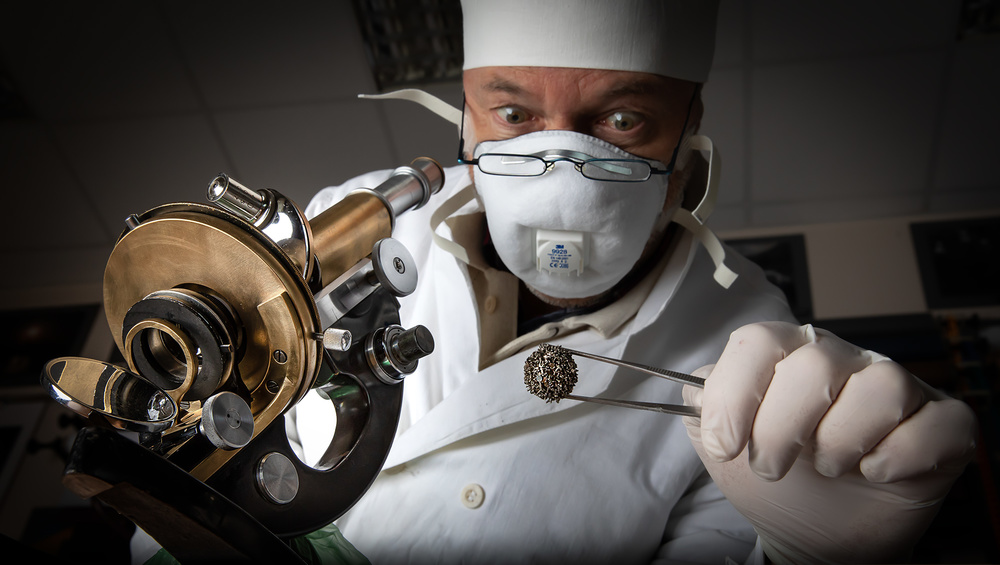
'CoronaVirus' by Dmitry Skvortsov
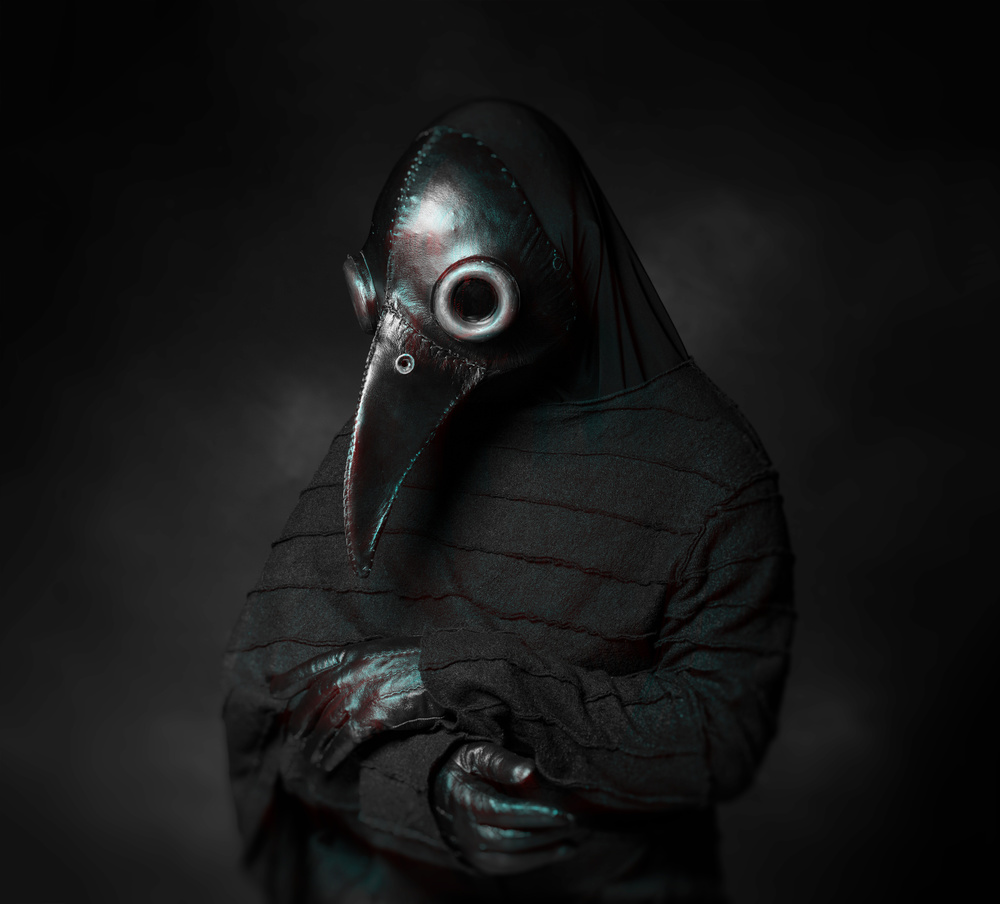
'mr con' by Hamze Dashtrazmi (Adoka)
Subsequently, of course, masks have routinely and effectively been worn in the medical profession as barriers against bacterial and viral induced disease. Not only medics, but workers in other fields such as road workers, miners, welders and firefighters have used masks for protection against dust, sparks and smoke.
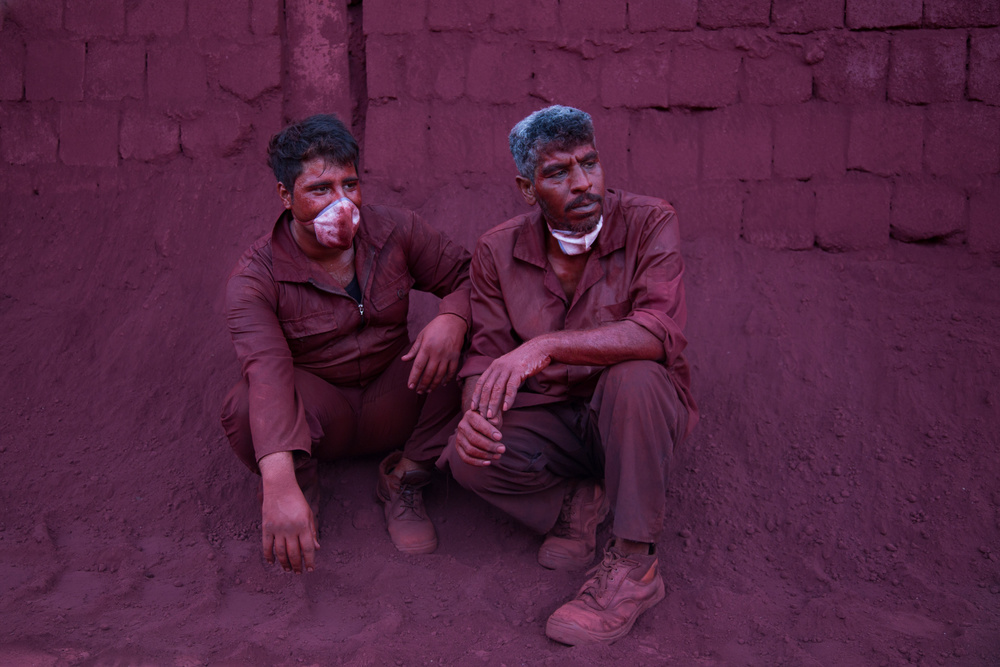
'red worker' by Pantea Naghavi Anaraki
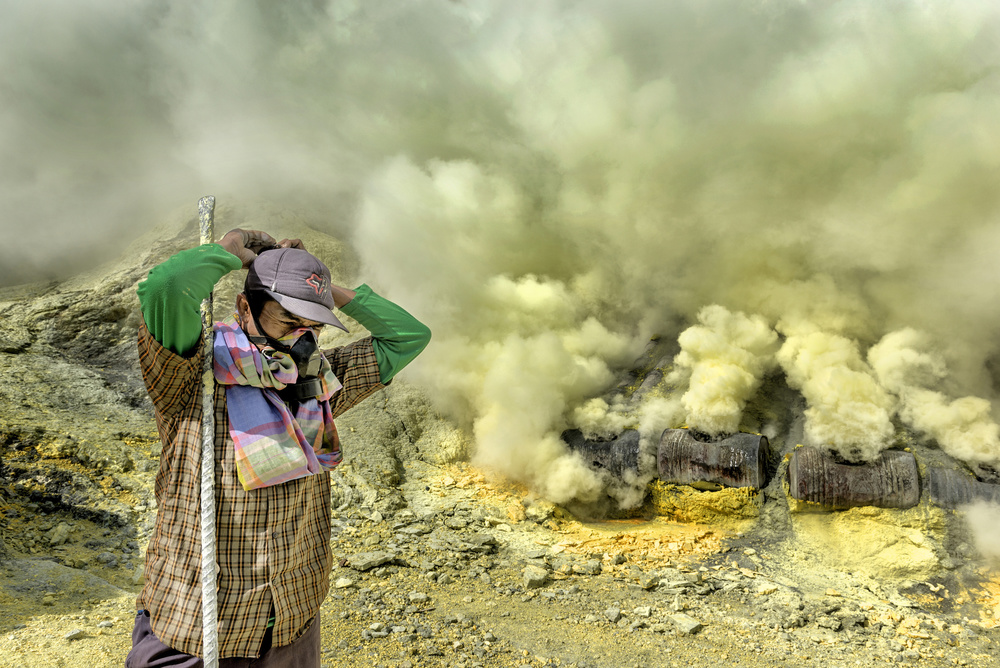
'sulphur miner wearing mask' by PRADEEP RAJA
On the other hand, masks have been worn for reasons of modesty or disguise. During the period of masked balls of Venetian fame (and ever since) , for example, masked revellers were able to behave irresponsibly, having lost all inhibitions, totally outside of their normal behaviour, and were able to get away with it, as nobody was quite sure of their identity.
Criminals, of course perfected the use of masks as disguise.
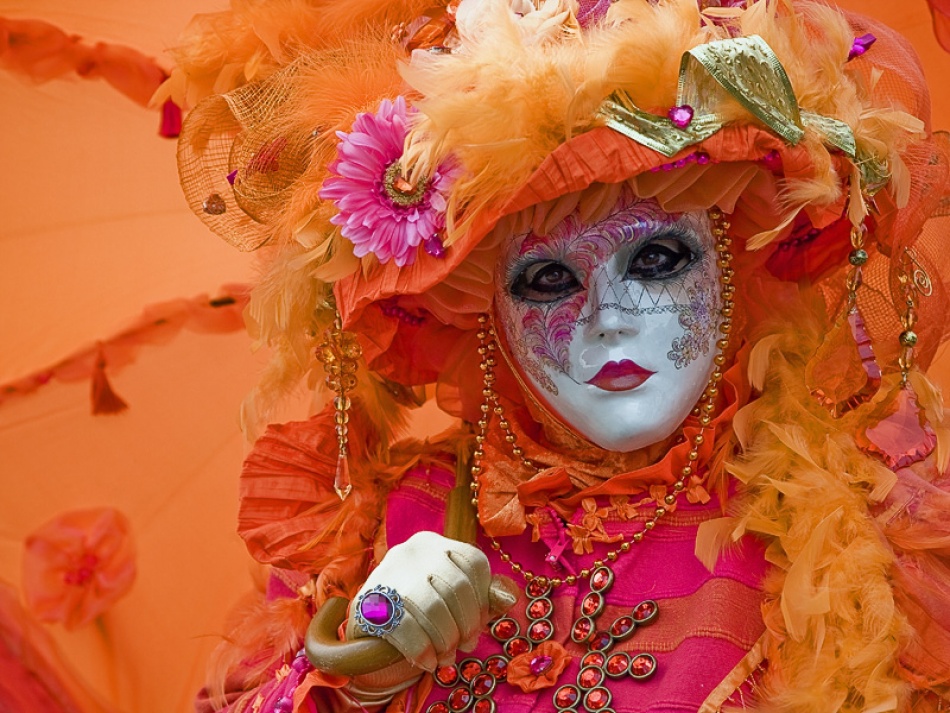
'Carnival in Orange' by Stefan Nielsen
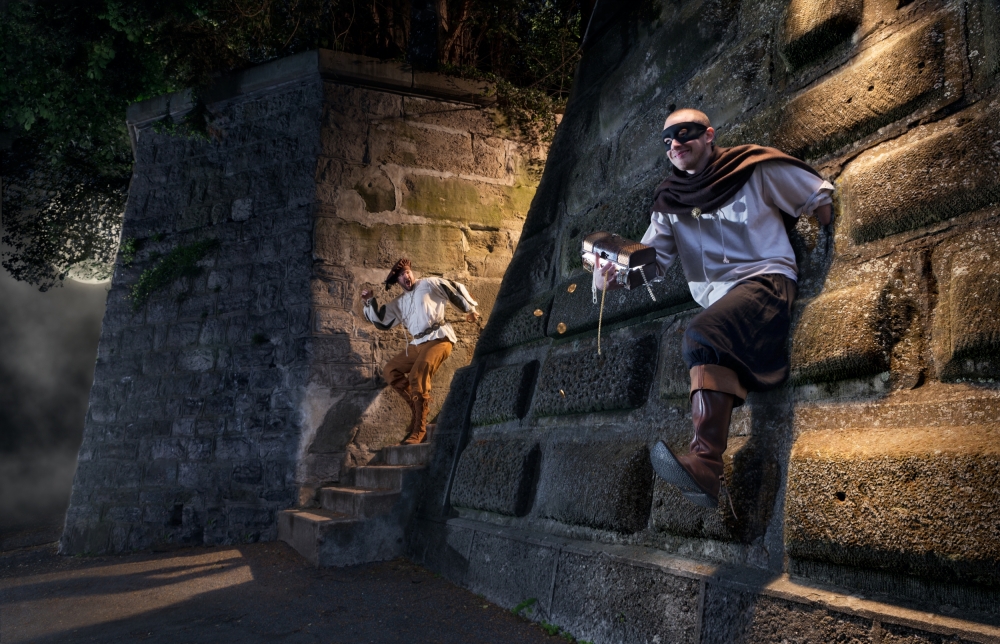
'Le Passe-Muraille (The Man Who Can Pass Through Walls) by John Flury
Masks were used extensively in early theatre, helping audiences to read the characters of cast members accurately by the masks that they wore. The Ancient Greeks and Chinese were masters of this deceit, and the tradition has lived on. The Greeks used Happy masks for comedy and sad masks for tragedies. The Japanese, on the other hand, used coloured masks to reflect personality.
- Red for loyalty, heroism and courage
- Purple for sophistication
- Black for integrity
- Blue for wisdom
- Green for lack of self-control
- Yellow and white for cruelty
These have mostly been phased out by modern coloured stage lighting and effects.
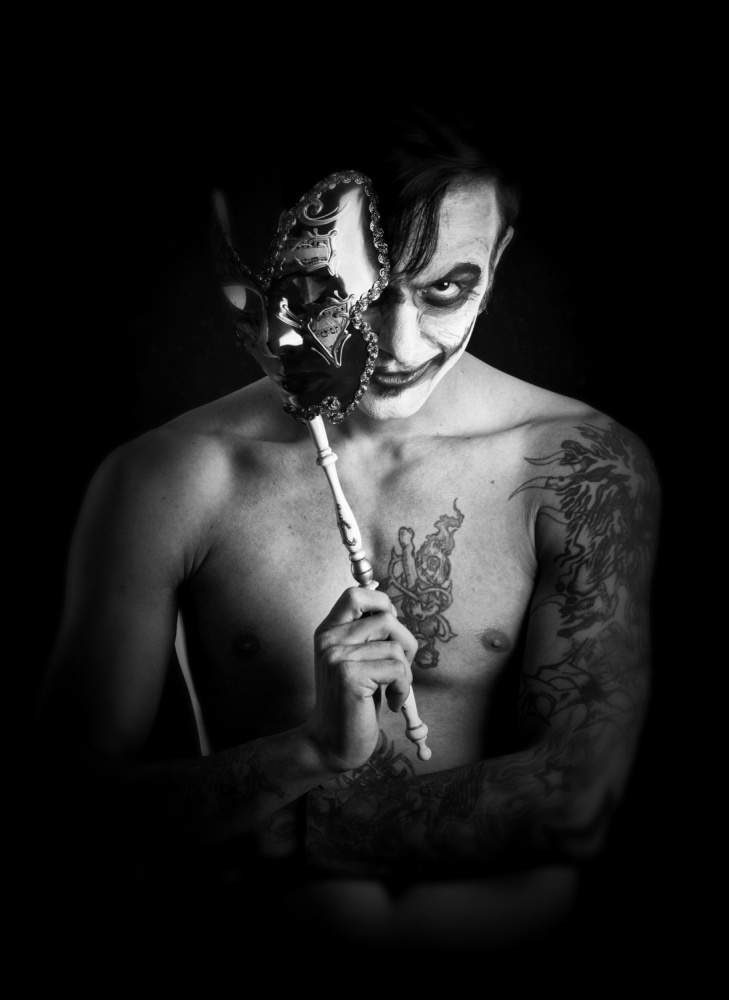
'Mask in Mask' by Hamze Dashtrazmi
Masks are often associated with rituals and ceremonies, from vigilantes to Shamans to witchdoctors. Many African masks were in the shape of animals, making it supposedly possible to talk to animal spirits and obtain advice. Likewise, Shamans practised ritual ceremonies to commemorate different stages of life such as birth and death, or as protection against evil or placating the Gods. Egyptians crafted Death Masks that enable departed spirits to recognise the deceased person, allowing their souls to dwell in the mummified corpses.

'Chebel Minbari II' by Mohammadreza Momeni
Masks are commonplace in the world of sport as protection against blows or enabling divers to breathe under water for extended lengths of time.

'Diver and Pigmy Sweepers' by Ilan Ben Tov
So, we can see that masks have had a long and chequered presence, with a variety of uses in the history of mankind.
That is, from a physical point of view. If we really think about it, though, we all go through life assuming a variety of masks, physical or emotional, but we ought to bear in mind what the French author, André Berthiaume, once wrote:
“We all wear masks, and the time comes when we cannot remove them without removing some of our own skin…”
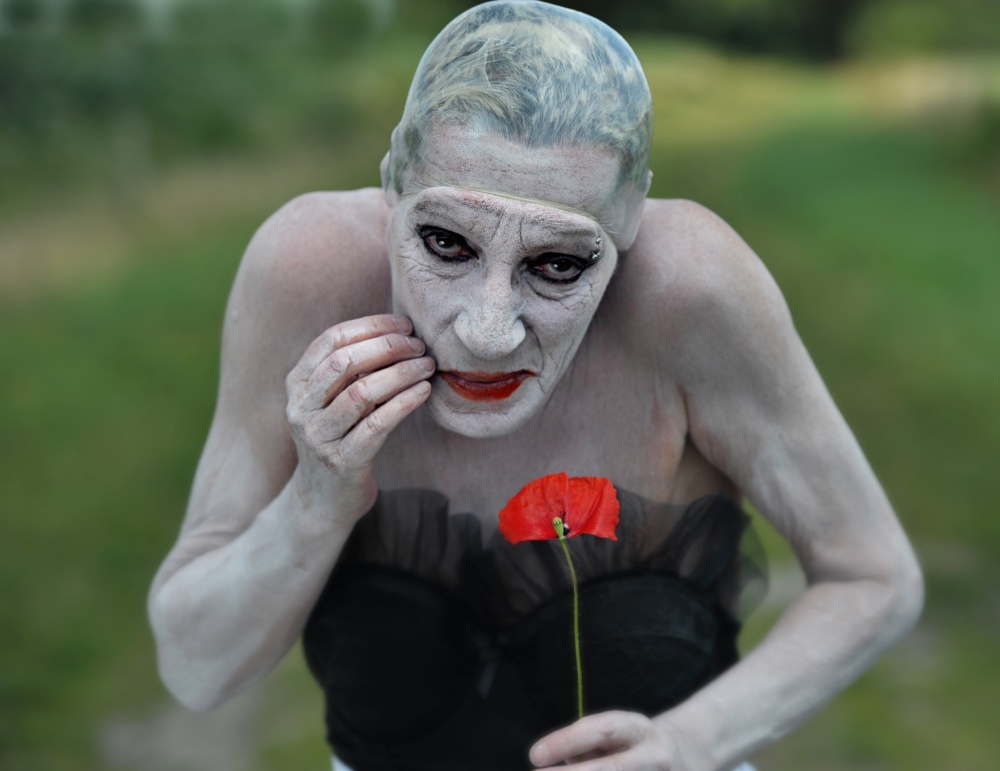
'Red flower' by Monika Vanhercke
 | Write |
 | Sydney Harter Superb on multiple levels! Congratulations to everyone! |
 | Cicek Kiral CREW Great images....Enjoyed every one very much... |
 | Larry Deng APA PRO Thank you dear Yvette and Editor Lourens Durand so much . Congrats to all .
Really appreciated !!! |
 | Yvette Depaepe CREW Many thanks to you for your appreciation, dear Larry ;-) |
 | Yvette Depaepe CREW Congratulations to the authors selected for the gallery and thanks to Editor Lourens Durand for this interesting article. Cheers, Yvette |
 | Daniel Springgay CREW Fascinating set of wonderful images every one. So well put together First Class... |
 | Yvette Depaepe CREW Thanks for your appreciation, dear Daniel! |
 | Lourens Durand CREW Thank you Daniel. |